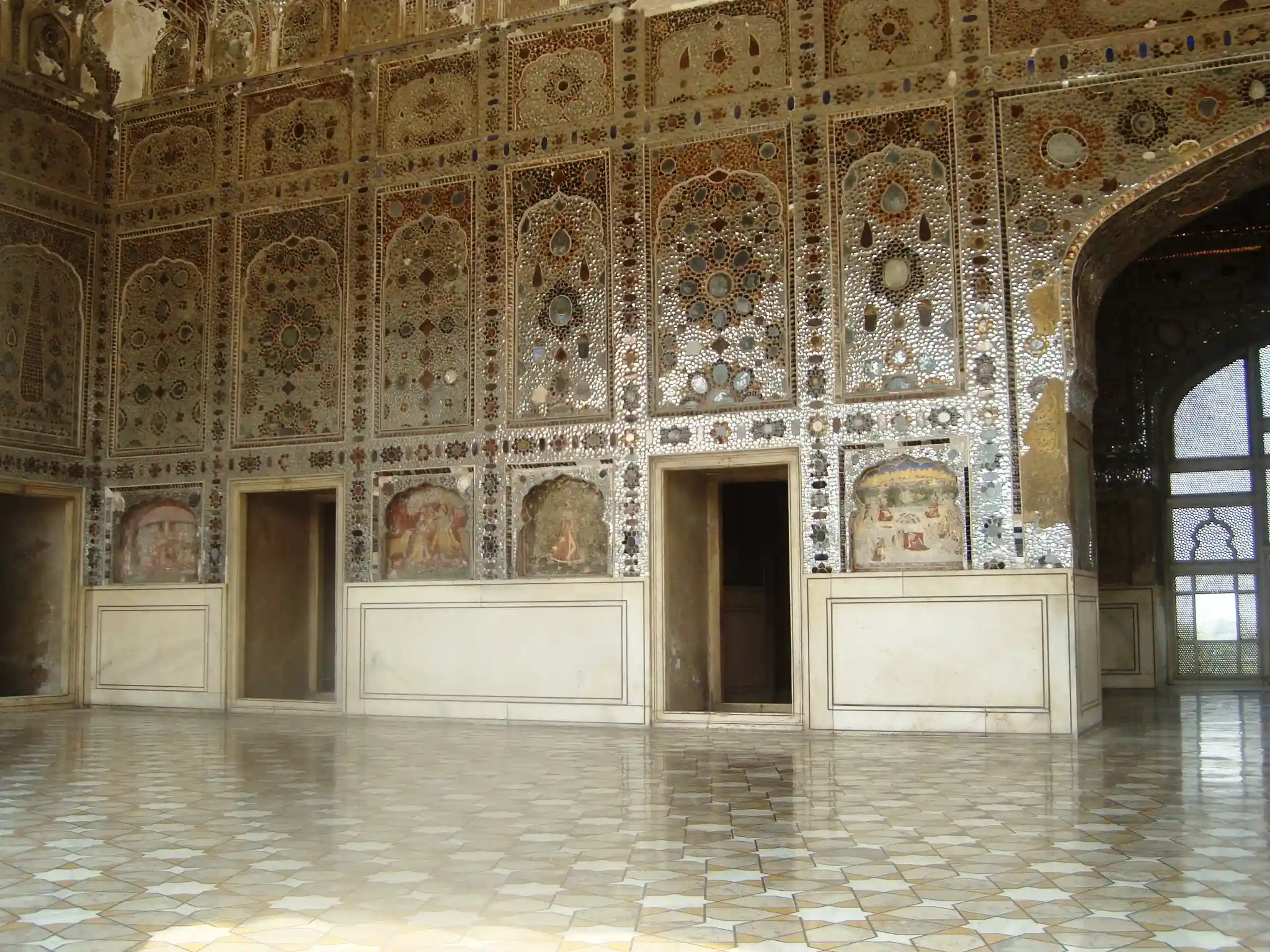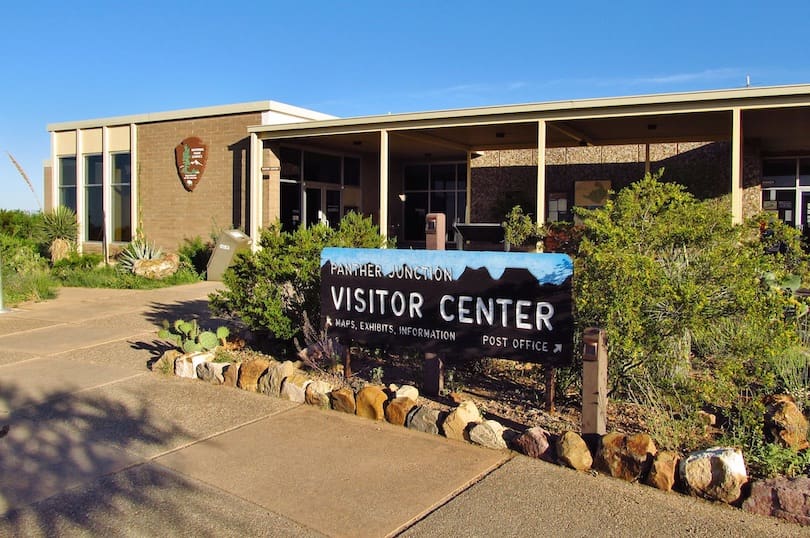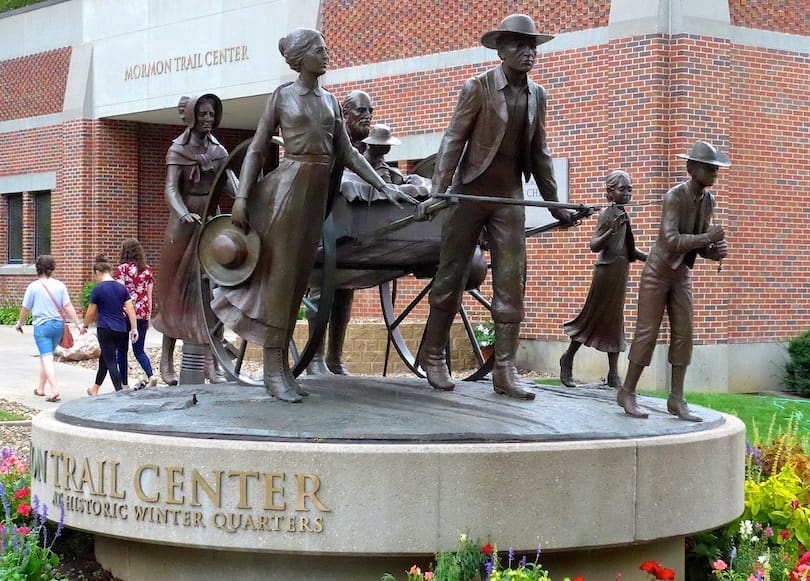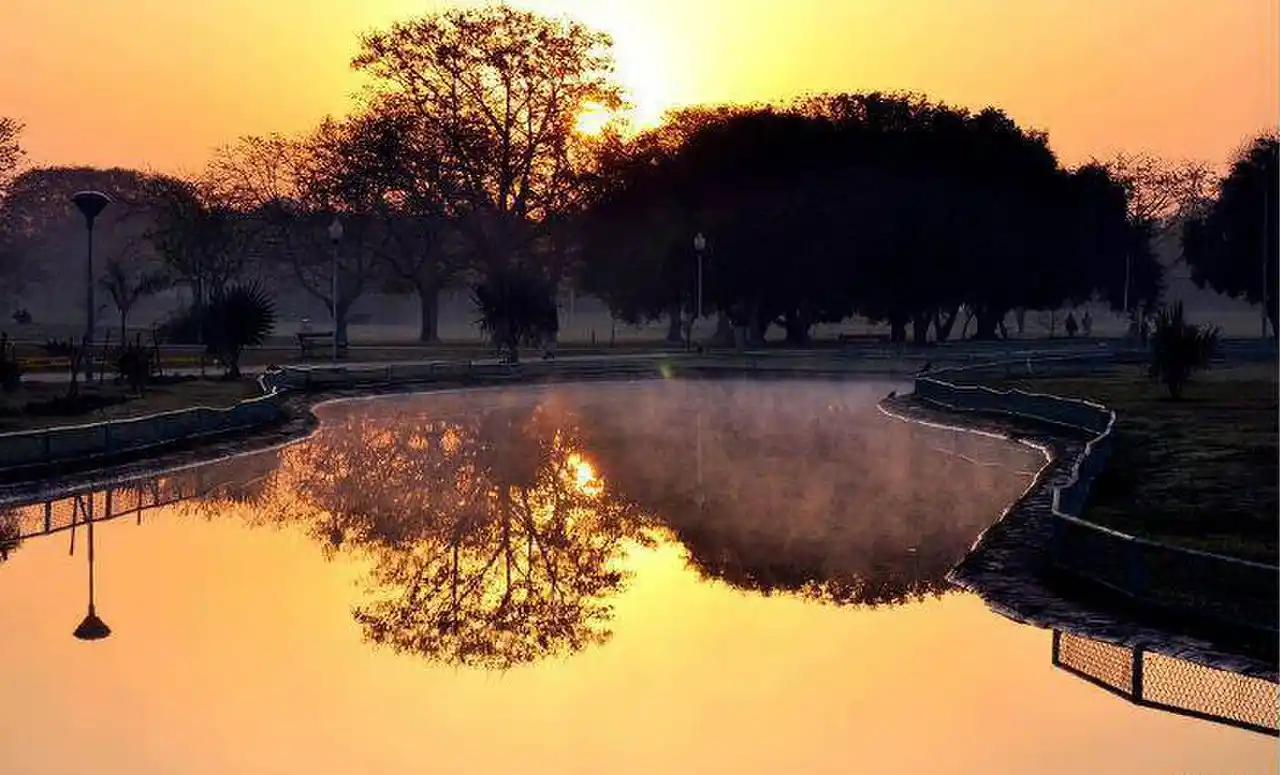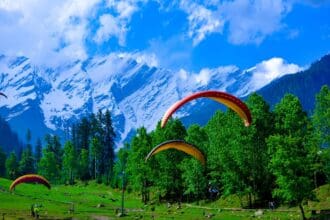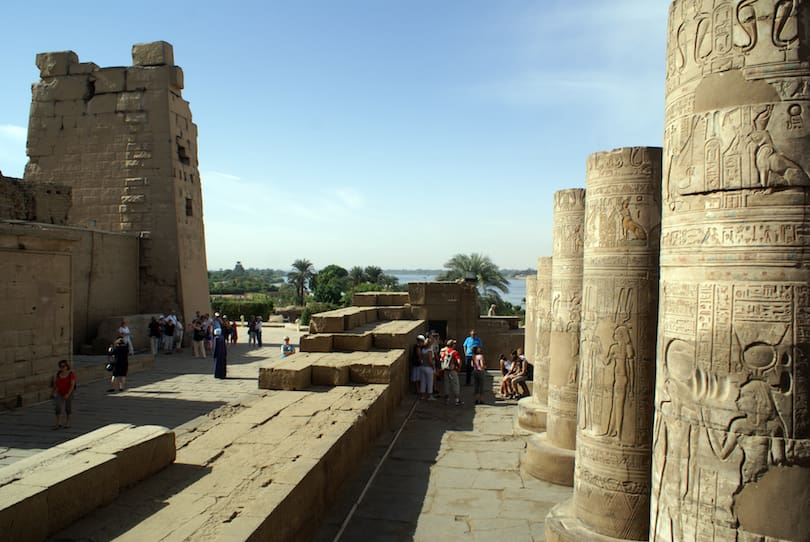Lahore, the heart of Pakistan, is a city that seamlessly blends history, culture, and modernity. It’s a place where the past whispers in every nook and cranny, where the aroma of delicious street food tantalizes your senses, and where the warmth of its people leaves an indelible mark on your heart. In this article, we will embark on a journey to uncover the six top tourist attractions in Lahore, a city steeped in history and teeming with vibrant life.
6 Top Tourist Attractions in Lahore
Lahore Fort: A Testament to Mughal Grandeur
Our journey begins with the majestic Lahore Fort, an epitome of Mughal architecture. This UNESCO World Heritage site, also known as Shahi Qila, dates back to the 16th century when it was constructed during the reign of Emperor Akbar. As you explore its intricate design, you’ll marvel at the Sheesh Mahal (Palace of Mirrors), an enchanting hall adorned with thousands of tiny mirrors. The fort’s lush gardens and impressive structures make it a must-visit destination for history enthusiasts.
Exploring Lahore Fort
The Lahore Fort, a true marvel of Mughal architecture, offers visitors a glimpse into the opulence and grandeur of the Mughal era. Here, you can wander through the beautifully landscaped gardens, each with its unique charm, or explore the impressive structures within the fort.
Sheesh Mahal (Palace of Mirrors): One of the highlights of the Lahore Fort is the Sheesh Mahal. Step into this palace, and you’ll find yourself surrounded by intricate mirror work that reflects light in a mesmerizing dance. It’s a testament to the artistry and craftsmanship of the Mughal artisans.
Diwan-e-Aam and Diwan-e-Khas: These were the halls where Emperor Akbar conducted public and private affairs. Their architecture showcases the Mughal attention to detail and aesthetic.
Badshahi Mosque: A Spiritual Oasis
Right next to the Lahore Fort stands the Badshahi Mosque, a magnificent example of Mughal-era craftsmanship. This stunning mosque, one of the largest in the world, was built by Emperor Aurangzeb in the late 17th century. Its colossal white marble domes and red sandstone walls create an awe-inspiring sight. Don’t miss the chance to climb the minarets for a breathtaking view of Lahore’s Old City.
The Grandeur of Badshahi Mosque
The Badshahi Mosque, with its stunning architecture and spiritual significance, is a must-visit attraction in Lahore. Here’s what you can expect when you visit:
Architectural Marvel: The Badshahi Mosque’s massive domes and intricate frescoes are a testament to the architectural brilliance of the Mughal era. It’s a place where art and spirituality converge.
Minaret Ascent: If you’re up for a bit of adventure, climb one of the minarets. The reward is a panoramic view of Lahore’s Old City that will leave you in awe.
Shalimar Gardens: A Royal Retreat
Shifting gears from the hustle and bustle of the city, our next stop is the Shalimar Gardens. Commissioned by Emperor Shah Jahan in the 17th century, these gardens are a perfect representation of the Persian-style charbagh (four gardens) layout. Immerse yourself in the tranquility of the terraced levels, flowing water, and meticulously manicured lawns. The Shalimar Gardens offer a serene escape from the city’s vibrant chaos.
The Tranquil Shalimar Gardens
The Shalimar Gardens, designed with precision and beauty in mind, are a serene retreat from the city’s energy. Here’s what you can explore:
Terraced Levels: The garden is divided into three terraced levels, each with its unique features. As you ascend, you’ll discover different styles of fountains, flowing water, and lush greenery.
Mughal Architecture: The garden’s pavilions and structures reflect the grandeur of the Mughal period. They are perfect spots to sit and soak in the surroundings.
Lahore Museum: A Glimpse into the Past
For those who crave historical artifacts, the Lahore Museum is a treasure trove of culture and history. Established in 1865 during British colonial rule, it houses an extensive collection of art, manuscripts, and archaeological relics. From Gandhara sculptures to Mughal miniatures, a visit to this museum is a journey through Pakistan’s rich heritage.
Journey through Lahore Museum
The Lahore Museum is a place where history comes to life. Here’s what you can explore within its walls:
Gandhara Collection: Marvel at the Gandhara sculptures that depict Buddhist artistry and culture from ancient times.
Mughal Miniatures: Explore the delicate world of Mughal miniatures, where intricate details tell stories of emperors and their courts.
Lahore Zoo: Fun for All Ages
Let’s add a touch of fun to our exploration with a visit to the Lahore Zoo. Established in 1872, it’s one of the oldest zoos in South Asia. The zoo houses a diverse range of animals, including lions, elephants, and exotic bird species. It’s an ideal spot for a family day out, offering both entertainment and education.
A Day at Lahore Zoo
The Lahore Zoo promises a day filled with fun and learning. Here’s what you can enjoy:
Animal Encounters: Get up close and personal with a variety of animals from different continents, from the majestic lions to the playful penguins.
Educational Exhibits: The zoo also features educational exhibits, providing insights into wildlife conservation and biodiversity.
Food Street: A Culinary Adventure
No visit to Lahore is complete without savoring its delectable cuisine. The city’s Food Street, located near the Badshahi Mosque, is a gastronomic haven. From succulent kebabs to mouthwatering biryanis and aromatic desi sweets, this street caters to every palate. As you dine under the starlit sky with the Badshahi Mosque as your backdrop, you’ll experience Lahore’s culinary magic.
Culinary Delights of Lahore Food Street
Lahore Food Street is a food lover’s paradise. Here’s what you can relish:
Kebabs and Grills: Sample the succulent kebabs and grills that are a hallmark of Lahore’s culinary scene.
Biryani and Nihari: Don’t miss the chance to savor biryani, a fragrant rice dish, and nihari, a flavorful slow-cooked stew.
Sheesh Mahal
The Sheesh Mahal, also known as the Palace of Mirrors, is a jewel in the crown of Lahore Fort. This exquisite structure, located within the fort’s complex, is a testament to the artistic brilliance of the Mughal era. The Sheesh Mahal was constructed during the reign of Emperor Shah Jahan, who was known for his deep appreciation of art and architecture.
Architectural Marvel
As you step into the Sheesh Mahal, you are immediately transported to a world of opulence and elegance. The palace gets its name from the breathtaking mirror work that adorns its walls, ceilings, and even floors. The intricate mirror inlays create a mesmerizing play of light, making it seem like you’re standing amidst a thousand stars.
Historical Significance
Beyond its aesthetic appeal, the Sheesh Mahal has historical significance. It was a place where the Mughal emperors held private audiences and conducted royal affairs. The beautiful lattice work and delicate frescoes in the palace add to its charm and historical value.
The Night of Enchantment
One of the most captivating aspects of the Sheesh Mahal is its ability to create an enchanting atmosphere, especially during the night. When candles were lit within the palace, the mirrors would reflect the candlelight, creating a scene of unparalleled beauty and mystique. It is said that on such nights, the Sheesh Mahal truly lived up to its name, resembling a palace made of glass and diamonds.
Preservation Efforts
To ensure that future generations can also marvel at the Sheesh Mahal’s beauty, extensive preservation and restoration efforts have been undertaken. The delicate mirror work and frescoes are carefully maintained to retain their original splendor.
Visiting the Sheesh Mahal
When you visit Lahore Fort, the Sheesh Mahal should be at the top of your list. As you walk through its chambers and corridors, take a moment to imagine the grandeur and luxury that once filled these spaces. It’s a place where history and art converge, leaving you with a deep appreciation for the cultural heritage of Lahore and the Mughal dynasty.
Next, let’s explore another architectural wonder, the Badshahi Mosque.

Badshahi Mosque
Standing proudly next to the Lahore Fort is the Badshahi Mosque, a masterpiece of Mughal architecture and a symbol of Lahore’s rich history. Commissioned by Emperor Aurangzeb in the late 17th century, this mosque is not only a place of worship but also a breathtaking work of art.
Architectural Grandeur
The Badshahi Mosque is renowned for its sheer size and architectural brilliance. It is one of the largest mosques in the world, capable of accommodating thousands of worshippers. The mosque is constructed primarily of red sandstone and white marble, creating a striking contrast that adds to its visual appeal.
The Four Impressive Minarets
One of the mosque’s most recognizable features is its four towering minarets. These minarets, each standing at a height of 176 feet, are intricately designed with patterns of inlaid marble and elaborate calligraphy. They add an element of grandeur to the mosque’s exterior.
The Grand Courtyard
As you enter the mosque, you’ll be greeted by a vast courtyard that can hold up to 55,000 worshippers. The courtyard is paved with red sandstone and is a perfect place for quiet contemplation. The central pool adds a sense of serenity to the surroundings.
A Spiritual Oasis
While the mosque’s exterior is a sight to behold, its interior is equally impressive. The prayer hall is adorned with stucco tracery, frescoes, and elegant chandeliers. The central prayer niche (mihrab) is a masterpiece of intricate craftsmanship.
Climbing the Minarets
For the adventurous, a climb up one of the minarets is a must-do. It’s not just a physical feat; it offers a rewarding panoramic view of Lahore’s Old City. From this vantage point, you can appreciate the mosque’s grandeur in the context of the bustling city around it.
Preservation and Recognition
The Badshahi Mosque has received recognition as a UNESCO World Heritage Site. Extensive efforts have been made to preserve its historical and architectural significance. When you visit, you’ll witness the meticulous maintenance that keeps this masterpiece in excellent condition.
Visiting the Badshahi Mosque
A visit to Lahore is incomplete without experiencing the awe-inspiring Badshahi Mosque. Whether you’re a history enthusiast, an architecture buff, or a traveler seeking spiritual solace, this mosque offers a unique blend of beauty and tranquility.

Alamgiri Gate
The Alamgiri Gate, also known as the Alamgiri Bazaar Gate, is a prominent entrance to Lahore Fort. This gate, like the fort itself, is steeped in history and stands as a testament to the Mughal architectural brilliance that graced Lahore centuries ago.
Historical Significance
The Alamgiri Gate was constructed during the reign of Emperor Aurangzeb, one of the last great Mughal emperors. It was completed in 1673, and its construction was part of a broader effort to fortify the Lahore Fort.
Architectural Marvel
Architecturally, the Alamgiri Gate is a marvel. It is constructed primarily of red sandstone, which was a hallmark of Mughal architecture. The gate features intricate frescoes, delicate marble inlays, and ornate calligraphy that showcase the artistic prowess of the era.
The Entryway to History
As you pass through the Alamgiri Gate, you are essentially walking in the footsteps of emperors and historical figures who have traversed this path for centuries. The gate provides a dramatic entry into the Lahore Fort, setting the stage for the grandeur that awaits within.
The Bazaar Connection
The Alamgiri Gate has a unique feature – it is connected to a bustling bazaar that was once a hub of commercial activity during the Mughal era. Today, while the bazaar has evolved and modernized, it still retains a sense of old-world charm.
Visiting the Alamgiri Gate
When you visit Lahore Fort, make sure to pause and appreciate the Alamgiri Gate not just as an entryway but as a historical and architectural gem in its own right. Its significance in connecting Lahore’s past with its present cannot be overstated.
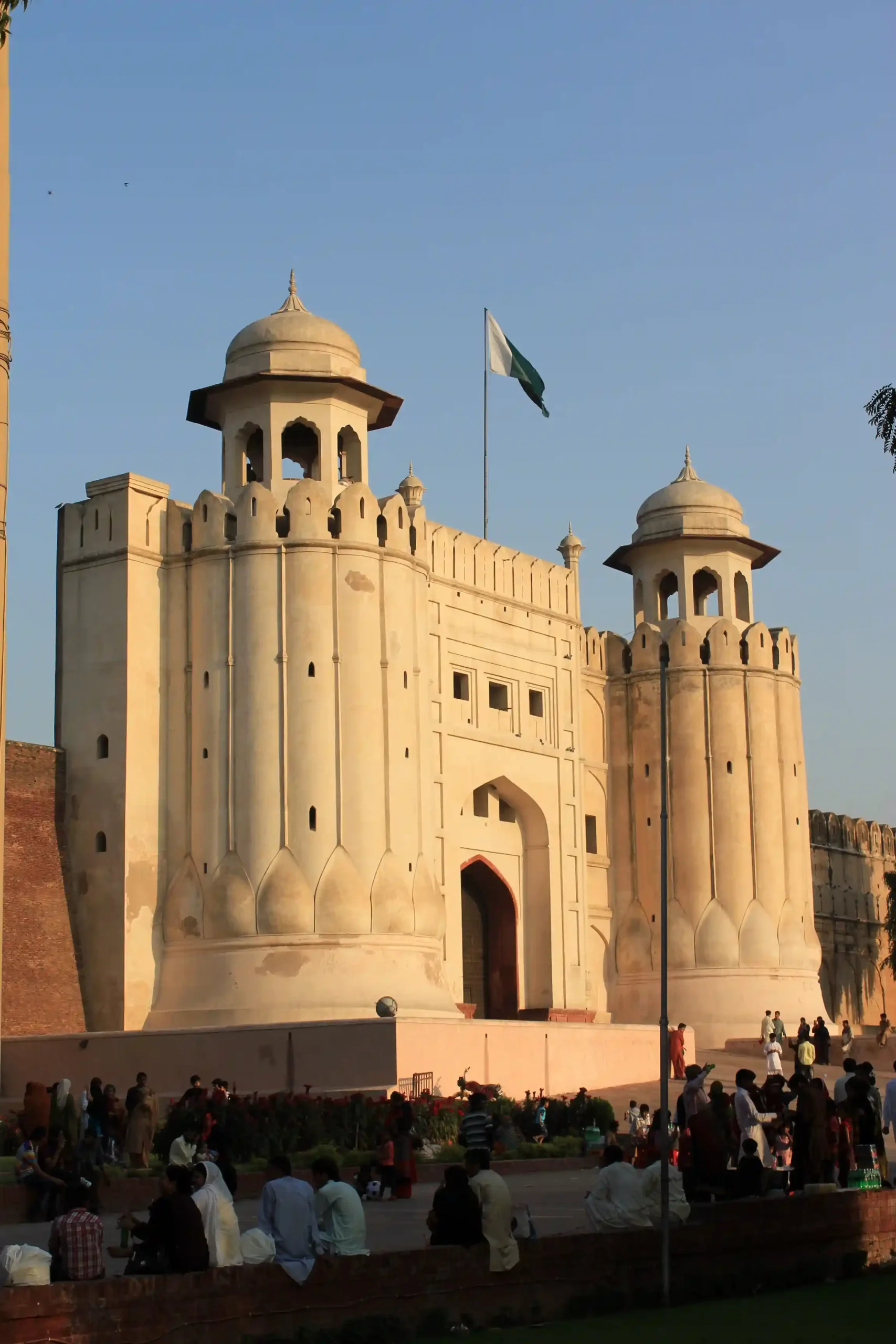
Naulakha Pavilion
The Naulakha Pavilion, a hidden gem within Lahore Fort, is a splendid architectural creation from the Mughal era. This pavilion, also known as the “Pavilion of Nine Lakhs,” is an exquisite example of the opulence and aesthetic sensibilities of the Mughal emperors.
A Royal Retreat
The Naulakha Pavilion was built during the reign of Emperor Shah Jahan, known for his deep appreciation of art and beauty. It served as a retreat for the royal family, offering a peaceful and luxurious space to unwind and enjoy the stunning views of the fort’s surroundings.
Architectural Beauty
What sets the Naulakha Pavilion apart is its unique architectural design. It stands on a raised platform and is supported by four elegant pillars. The pavilion’s central dome and smaller domed chhatris (canopies) at its corners create a harmonious and visually pleasing structure.
Exquisite Frescoes
As you step inside the pavilion, you’ll be greeted by its intricate frescoes and delicate stucco work. These artistic embellishments depict floral patterns, geometric designs, and scenes from Mughal court life. The level of detail and craftsmanship is a testament to the artistic mastery of the time.
Stunning Views
From the Naulakha Pavilion, you can enjoy panoramic views of Lahore Fort and its surroundings. It’s easy to imagine the Mughal emperors sitting here, taking in the beauty of their realm.
Preservation and Recognition
Efforts have been made to preserve the Naulakha Pavilion and its exquisite artwork. Visitors today can witness the beauty that captivated emperors centuries ago.
Visiting the Naulakha Pavilion
When you explore Lahore Fort, be sure to seek out the Naulakha Pavilion. It offers a glimpse into the royal lifestyle of the Mughal era and showcases the artistic and architectural achievements of that time.

Moti Masjid
The Moti Masjid, or Pearl Mosque, is a pristine and elegant place of worship located within the Lahore Fort complex. This architectural gem, constructed during the reign of Emperor Aurangzeb, stands as a testament to the Mughal commitment to spiritual and artistic pursuits.
Architectural Splendor
The Moti Masjid gets its name from the stunning white marble used in its construction. Its gleaming white facade, set against the red sandstone of the Lahore Fort, creates a striking visual contrast.
Mughal Precision
What sets the Moti Masjid apart is its architectural precision. The mosque is designed with utmost symmetry and balance, a hallmark of Mughal architecture. Its three white marble domes, supported by slender minarets, are a sight to behold.
Tranquil Courtyard
As you enter the mosque, you’ll find a peaceful courtyard paved with white marble. The central pool reflects the mosque’s pristine beauty and adds a sense of serenity to the surroundings.
Spiritual Sanctuary
The interior of the Moti Masjid is equally impressive. The prayer hall, adorned with delicate stucco tracery and frescoes, provides a tranquil space for worship and reflection. It’s a place where visitors can experience the spiritual essence of Lahore Fort.
Preservation and Recognition
The Moti Masjid, like other historical gems in Lahore, has received recognition as a UNESCO World Heritage Site. Preservation efforts ensure that its pristine beauty endures for generations to come.
Visiting the Moti Masjid
When you explore Lahore Fort, take a moment to step into the Moti Masjid. It’s not just a place of worship; it’s a testament to the architectural and artistic achievements of the Mughal era.
Model Town Park Lahore
Model Town Park Lahore, a modern oasis amidst the vibrant city, offers a serene escape from the hustle and bustle of urban life. This beautifully landscaped park is a favorite among locals and visitors alike, providing a perfect setting for relaxation and recreation.
Lush Greenery
As you enter Model Town Park, you’ll be greeted by vast expanses of lush green lawns, dotted with colorful flowers and tall trees. The park’s well-maintained greenery creates a refreshing and inviting atmosphere.
A Playground for All
Model Town Park is designed to cater to visitors of all ages. For children, there are well-equipped play areas with swings, slides, and other recreational facilities. Families often gather here for picnics and outings.
Serene Lakes
One of the park’s highlights is its serene lakes. You can enjoy a leisurely boat ride on the tranquil waters or simply sit by the lakeside and take in the scenic beauty. The reflections of the surrounding trees and sky on the water create a picturesque view.
Walking and Jogging Tracks
For fitness enthusiasts, the park offers walking and jogging tracks that wind through its verdant landscapes. These tracks provide a perfect setting for a morning or evening workout.
A Cultural Hub
Model Town Park also hosts cultural events and festivals throughout the year. It’s a place where the community comes together to celebrate art, music, and local traditions.
Refreshment and Relaxation
Within the park, you’ll find refreshment stalls where you can indulge in delicious street food and beverages. It’s an ideal spot to unwind and savor the flavors of Lahore.
A Place of Tranquility
Whether you’re looking for a peaceful stroll, a family outing, or a place to enjoy nature, Model Town Park Lahore offers it all. Its tranquil ambiance makes it a perfect escape from the city’s hustle and bustle.
Visiting Model Town Park Lahore
When you’re in Lahore, make sure to visit Model Town Park to experience a blend of nature, culture, and relaxation. It’s a testament to Lahore’s ability to seamlessly merge its rich heritage with modern amenities.
As we conclude our exploration of Lahore’s top attractions, you’ve witnessed the grandeur of Lahore Fort, the serenity of Shalimar Gardens, the cultural richness of Lahore Museum, the fun of Lahore Zoo, the culinary delights of Food Street, and the modern tranquility of Model Town Park Lahore. Lahore truly offers a diverse range of experiences for travelers and history enthusiasts alike.
Frequently Asked Questions
Q: How can I reach Lahore from other parts of Pakistan?
A: Lahore is well-connected by air, road, and rail. Allama Iqbal International Airport serves as the primary gateway, and the city boasts an extensive road network and a major railway station.
Q: What’s the best time to visit Lahore?
A: The ideal time to visit Lahore is during the winter months, from November to March, when the weather is pleasant, and outdoor activities are enjoyable.
Q: Is Lahore safe for tourists?
A: Lahore is generally considered safe for tourists. Like any other major city, it’s essential to exercise basic precautions and stay aware of your surroundings.
Q: Are there guided tours available for these attractions?
A: Yes, many tour operators in Lahore offer guided tours to these attractions, providing valuable insights into their history and significance.
Q: Can I explore these attractions in a single day?
A: While it’s possible to visit all these attractions in a day, it’s recommended to allocate more time to fully appreciate their beauty and historical value.
Q: Are there any entry fees for these attractions?
A: Yes, most of these attractions have nominal entry fees, which contribute to their maintenance and preservation.
In Conclusion
Lahore, with its rich history, vibrant culture, and warm hospitality, beckons travelers to explore its treasures. From the grandeur of the Lahore Fort and Badshahi Mosque to the tranquility of Shalimar Gardens and the culinary delights of Food Street, this city offers a diverse range of experiences. So, pack your bags, immerse yourself in Lahore’s charm, and create memories that will last a lifetime.

